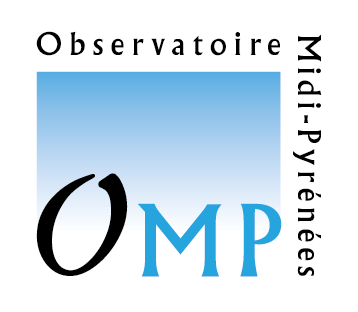Low- and high-temperature weathering budgets in Kamchatka peninsula
Résumé
In the general attempt to link chemical weathering, global geochemical cycles and climate, the study of riverine erosion in the active volcanic arc of Kamchatka provides important informations. As it was shown by several authors (Louvat and Allègre, 1997 and Dessert, 2003), chemical weathering of silicate rocks, and in particular basalts, is acting as a major contribution to the global fluxes derived from continental weathering and then to the global carbon cycle. In such a case, the atmospheric CO2 consumption flux derived from basalts represents 30% of the global flux from all silicates and acts as an important regulation system of the Earth's environment (Dessert, 2003). The global budget investigated is based on CO2 consumption taking place during low-temperature chemical weathering of basaltic rocks occurring in soils and river systems. But a substantial amount of alkalinity of river waters in volcanic context is derived from higher temperature water–rock interactions occurring during hydrothermal circulation. However, in all the previous river studies, the river chemistry was systematically corrected from the high-temperature component to evaluate the CO2 consumption rate, although in certain rivers the alkalinity derived from high-temperature water–rock interaction was not negligible. Here, we adopt another approach and, by focusing on a volcanic province particularly impacted by hydrothermalism, we chose not to subtract the hydrothermal component to the weathering budget and to consider both fluxes of “low-temperature” and “high-temperature” chemical interactions. As an example, the high-temperature weathering explains almost 30% of the global cationic rate in Kamchatka. Depending on the origin of CO2 (atmospheric or volcanic) and the abundance of sulfuric acid as a proton donor (oxidation of sulfide minerals and degassing), the impact of the two chemical weathering processes have distinct consequences in the long-term carbon cycle perspective.

